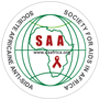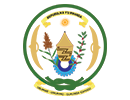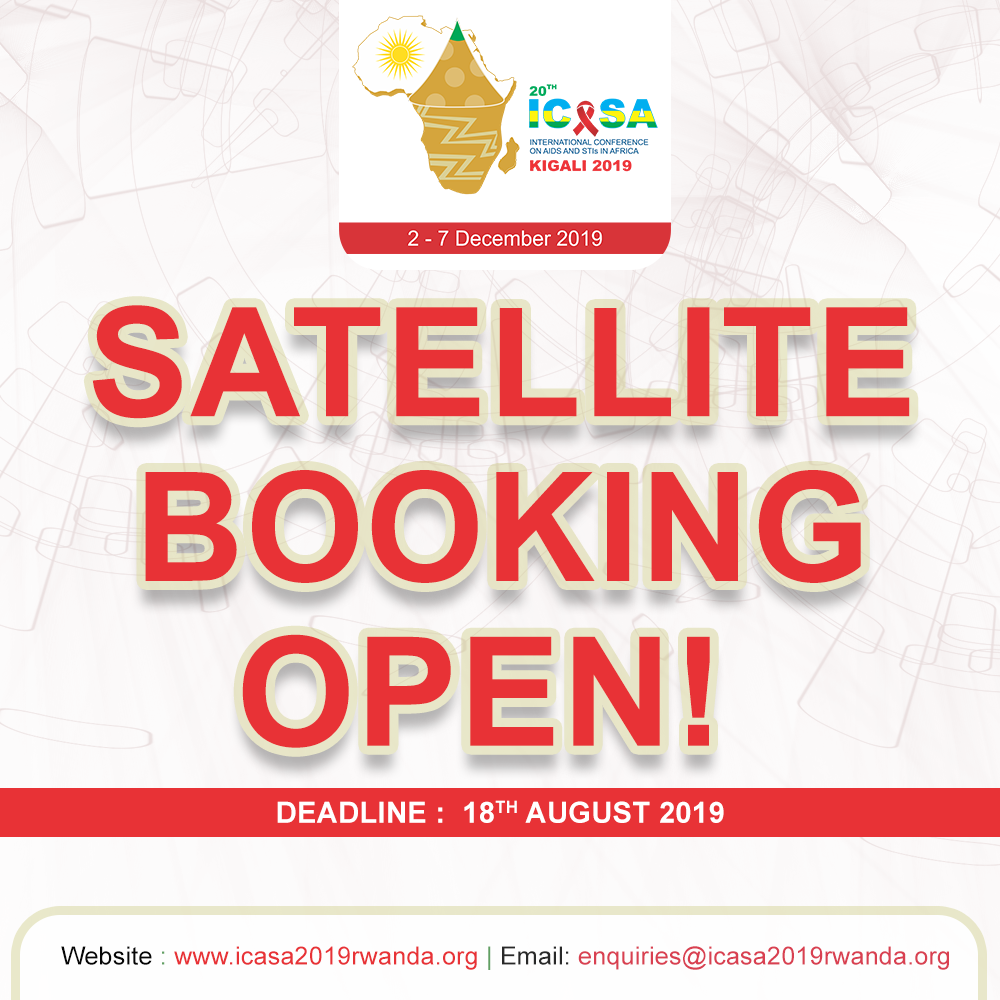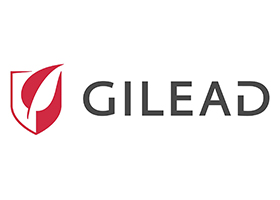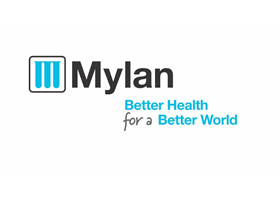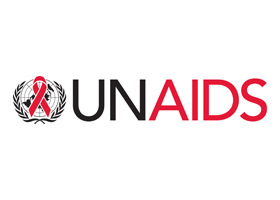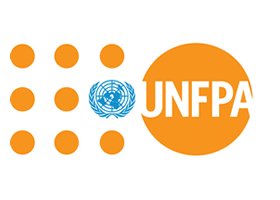Reporter: Vesta Lorraine
During the Orasure Technologies session that held on the 2nd of December 2019 at AD10 during the 2019 ICASA Conference, Kigali, Rwanda, participants learnt first-hand from HIV Champions who have spearheaded innovative programs to implement HIV self-testing in a myriad of setting across the African continent, about best practices on leveraging HIV self-testing to achieve testing goals. The session highlighted in-country examples of the impact of HIV self-testing to address the AIDS epidemic.
A key approach is to identify how to overcome challenges associated with HIV testing services to reach people with undiagnosed HIV infection including key populations. In Uganda, Geofrey Taasi, Program Officer of HIV Testing Services of the Ministry of Health, Uganda, identified that to close the gap with reaching the first 90 target, HIV self-testing was adopted as an approach.
Also in Kenya, NASCOP is facilitating the distribution of self-testing kits across selected public facilities in all 47 counties. There are current efforts to access to HIV self-testing kits through the private sector and through private pharmacies. Kenya released guidelines on HIVST in line with the 2016 WHO guidance on HIVST and partner notification on the 5th of May 2017. Service providers in both public and private sectors providing HIV services in community and clinical settings are targeted for capacity building on how to roll out the program.
In Rwanda, Beata Sangwabayire highlighted that HIV testing is accessed through health facility testing, outreach testing and HIV self-testing. Samples for self HIV testing are collected finger pricking and use of oral fluid. HIV self-testing is targeted at active case finding through screening of patients with sexually transmitted infections, tuberculosis and persons with signs and symptoms of HIV infection. Other targeted populations for self-testing are sexual partners of HIV positive clients, and children of mothers who test positive to HIV.
Many have expressed concerns about the accuracy of HIV oral rapid tests in children and adolescents. In 2018, only 63% of the 1.1 million infants exposed to HIV were tested by the age of two months. Current evidence show that saliva based tests have high sensitivity and specificity in adults but performance has not been established in children 18 months to 12 years old. Saliva based testing is however, less traumatic and easier to perform than blood-based test and so there is keen interest in facilitating children’s and adolescents
Studies conducted showed that salivary based testing has high sensitivity and specificity in antiretroviral naïve children and adolescents. In view of this, the World Health Organisation expanded the indication for use of salivary based HIV testing for persons 2 years and older. children from 2 years As in adults, recommendations to include a warning.
The ease and safety of salivary based testing allows HIV testing to be conducted at outpatient clinics. It also facilitates the shifting of HIV testing tasks to other health care workers and caregivers. Current research is explores the acceptability and uptake of salivary based HIV self testing by caregivers and health care workers in diverse settings, including in and out of facilities.


